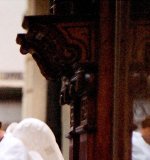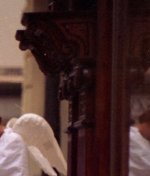Marsopa
Well-known
I use to get my rolls developped and scanned in a so called "professional" store... just developped and scanned. Today I've re-scanned some pics in a flat bed scanner at the faculty (epson photo perfectionXXX) and the result is many times better than the shop scanning!!!... 😱 :bang: 😡
I'll try to ask if it's possible they fine tune the scanning process or, more surely, to buy a scanner...
I'll try to ask if it's possible they fine tune the scanning process or, more surely, to buy a scanner...




